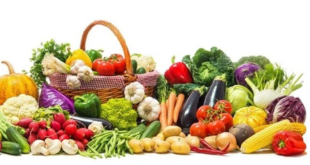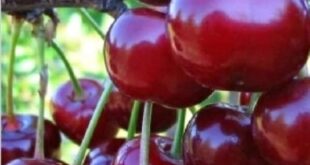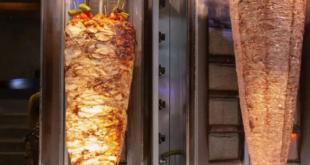I think we are a society that loves to use definitions of fashion. You ask why? Let me give an example immediately. A few years ago, we started to use “4.0” in every field right after the concept of “Industry 4.0”, which is also a trend in the world. 4.0 in Education, 4.0 in Health, 4.0 in Human Resources. We love, there is not much to do. Either we like it, or we follow such a path to update all the topics we believe are needed. Is it correct? Maybe you are right. Because science and technology are changing day by day, and we have to adapt to it quickly. Nowadays we are talking about a new concept “Circular Economy”. So what does circular economy mean?
What is a Circular Economy?
The current economy model in today’s world is a linear (linear) economy based on the “buy-make-throw” logic, and as long as this approach continues, it seems likely to encounter uncontrollable sudden and major problems in the coming years. Due to the increasingly destructive consequences of the climate crisis and the decrease in finite natural resources and the difficulty in accessing raw materials, it has become a necessity to consider different alternatives instead of the linear economy, which is completely opposite to nature and unsustainable.
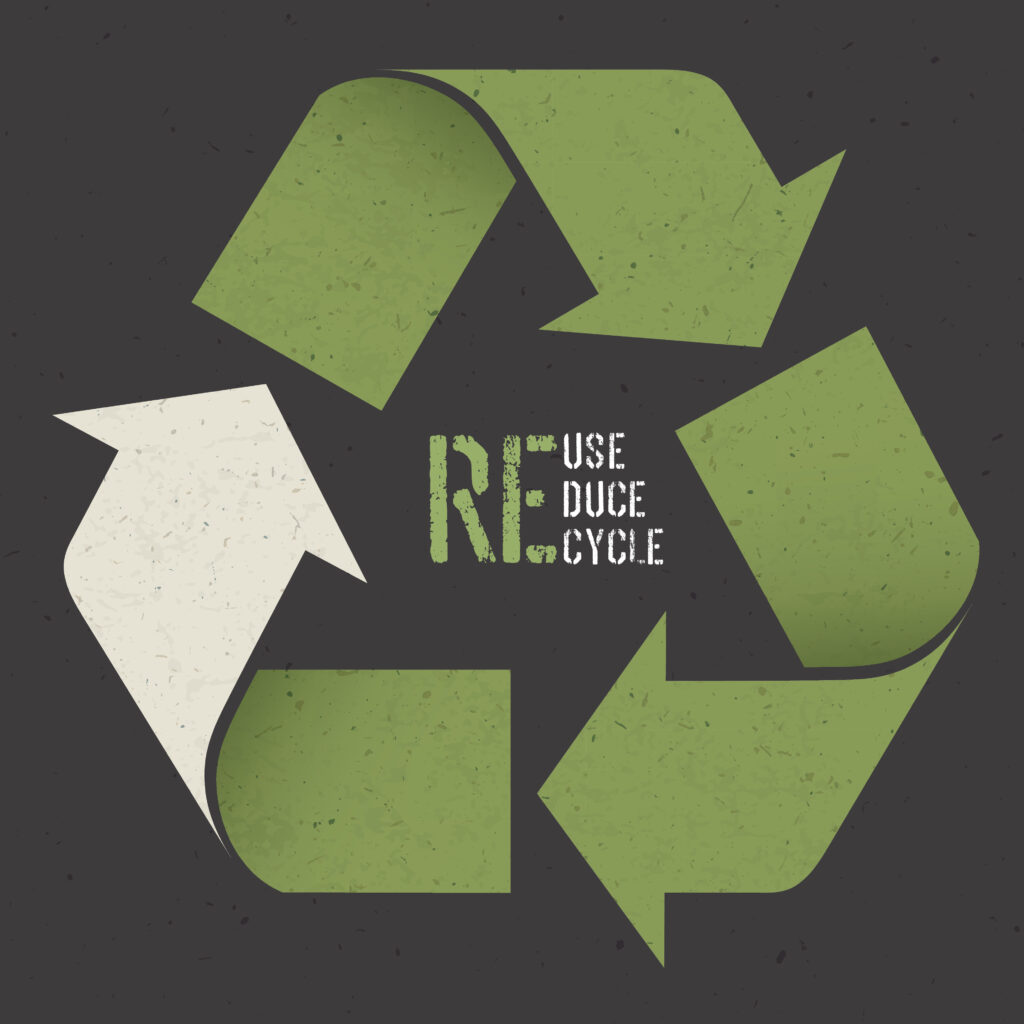
This is the reality behind the starting point of the concept of “circular economy”, which has gained momentum and adopted in all circles in recent years. Circular economy means efficient use of resources, materials and products, and this new economic model proposed a transition from a linear model based on consumption and disposal to a sustainable system that extends the life of products and materials and minimizes waste. The circular economy provides a great perspective for developing new business models that aim to increase the value, use and life of materials, products and assets, and redesign waste from production and consumption, beyond resource efficiency, recycling. It is basically based on 3 principles: -Prevent pollution and waste Keeping materials and products in use – To ensure the rebuilding of natural systems
Is it Possible to Create Circular Economy Business Models in Food and Agriculture Sector?
Just as we are trying to create a transformation by using Industry 4.0 in different areas, we have started to force ourselves to harmonize the “circular economy business models” in different sectors. In fact, there is no need to force it because, according to a study conducted by the Food and Agriculture Organization (FAO), it is said that one third of the food turns into waste before it even comes to the table. In short, loss of food means wasting natural resources as well as economic losses during the transportation, cultivation, harvest, production and packaging processes. In addition, the carbon footprint resulting from food waste corresponds to approximately 8% of the total greenhouse gas emissions; We have to recycle both our food and agricultural wastes very quickly, and use our resources effectively by closing the cycles in the business process.
What are the advantages of a circular agricultural economy?
Circular economy business models, above all, minimize input costs for agricultural production. It closes the food cycle. It reduces negative effects on the environment. It reduces energy and operating costs by increasing efficiency. It ensures the protection of natural resources. Circular economy for food; mimics the natural regeneration system; so it does not create waste, but instead becomes raw material for another cycle. In the circular economy, organic resources (eg food by-products) can be safely returned to the soil in the form of organic fertilizers, removing pollutants. Not only that, it creates cyclical opportunities such as water reuse, irrigation water return, biological fertilizer extraction, and access to biofuels from biofuels, all of which can help unexpected new opportunities for the agriculture and food industry.
Application stages of the Circular Economy in the agriculture and food sector
It is just as difficult to understand circular economy business models as well as to ensure that these processes find a voice in a painful industry. Because, first of all, it requires a mentality change. Naturally, it also requires having “voluntary, sustainable and environmentalist” values. There is a classic rule that everyone knows: “Win-win”. This belief does not make much sense as long as it does not affect the actors of all sectors. Systems where one wins and the other loses have always failed.
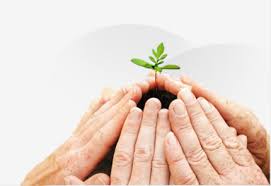
However, when the issues are viewed from above, that is, in a holistic way, if all the relationships are well understood and if there is no integrity and circularity in the models to be made, the efforts will unfortunately be in vain and this will harm all stakeholders of the sector. The loser will be social as well as individual destruction. There is a historical opportunity in the food and agriculture sector for our country. A new vision and a new structuring are needed. The hard part is that this is not a fiction that can only be successful by one person, the field, the institution, the community. Because, if the agricultural sector is to be reconstructed by taking cyclical economic models into account, it has to take on its new path by accepting some challenging conditions. What should be done?
-To create and start using renewable energy resources Finding and using technologies that will prevent products from spoiling and provide longer shelf life
– To abandon synthetic fertilizers immediately and to generalize the use of natural fertilizers – To design processes and take actions to minimize waste generation at all stages within the logic from field to fork
– Converting inevitable food waste and by-products into valuable materials and products – To use and generalize agricultural ecology, rotational grazing, agricultural forestry, conservation agriculture and permaculture design methods and nature and climate friendly farming methods -We have to accelerate the transformation by using packaging materials produced from sources that can be safely composted or renewed.
So how will cooperatives fit into this model?
The purpose of establishing cooperatives according to the 1st article of the Cooperative Law No. 1163; It consists of meeting and providing rationally and economically the needs of real persons who do not have sufficient economic power regarding their profession and livelihoods through mutual aid, solidarity and surety. Otherwise, it is not to profit from economic activities or to maximize their capital, as in companies. Currently, the number of cooperatives in our country is 9 917 and their number of partners is around 2.5 million. With agricultural sales cooperatives, this number is 12000 and the number of partners is 4 million. This number looks like a lot, right? Perhaps there are more cooperatives in our country than in successful countries with many agricultural countries.
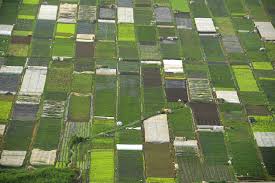
However, unfortunately, the cooperatives have not been able to fulfill the functions expected of them so far. If, over the years, cooperatives had operated in line with their real establishment purposes, they might have been the institutions that set or even regulate current agricultural policies today. The circular economy harmonious cooperative process Generally, I believe that rules and standards are documents written to control us human beings. Just as there are processes for transition to “good agriculture” and “organic agriculture”, there should be harmonization processes for the “circular economy”. If these criteria are determined, it may be possible to redesign cooperatives based on volunteerism, sustainability and environmentalism. As long as the number of circular economy-based cooperatives increases, there will be two important gains. First, they will not be organizations that try to be self-sufficient, reduce their costs by converting their waste into inputs, and gain a competitive advantage in the market. The other is that by developing a “symbiosis” relationship, by exchanging information, energy and materials between cooperatives, they will not develop together, nurture each other and trade with each other.
Sounds good right? You are right, I agree with you. Is this a very difficult change? “Yes”. But I think it’s worth a try. We don’t have much luck anyway, as an agricultural country…
Professor Dr. Meltem Onay,
Vice Rector,
15 November Cyprus University
 THE GLOBAL WINDOW OF TURKISH FOOD AND AGRICULTURE The Global Window of Turkish Food and Agriculture Sector
THE GLOBAL WINDOW OF TURKISH FOOD AND AGRICULTURE The Global Window of Turkish Food and Agriculture Sector




